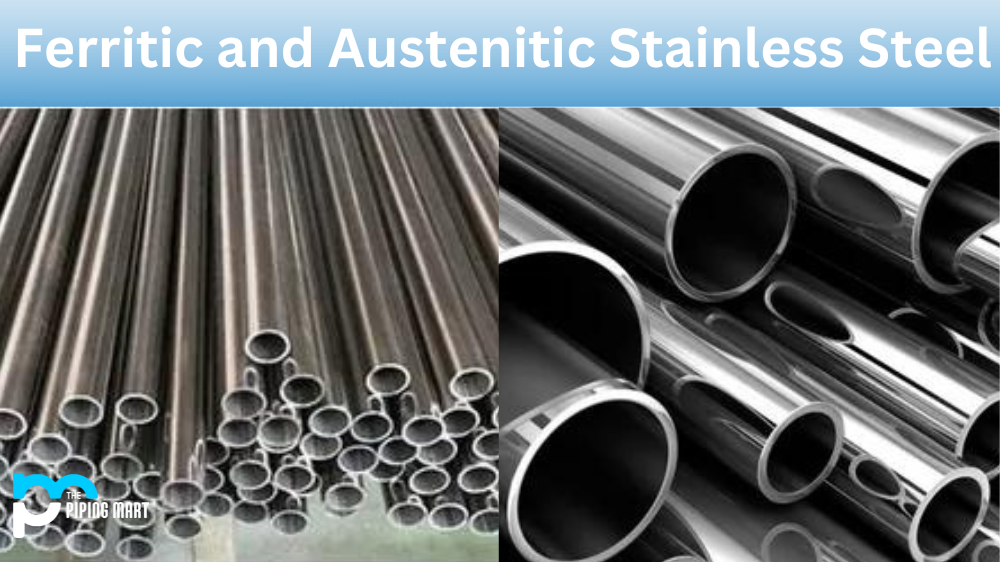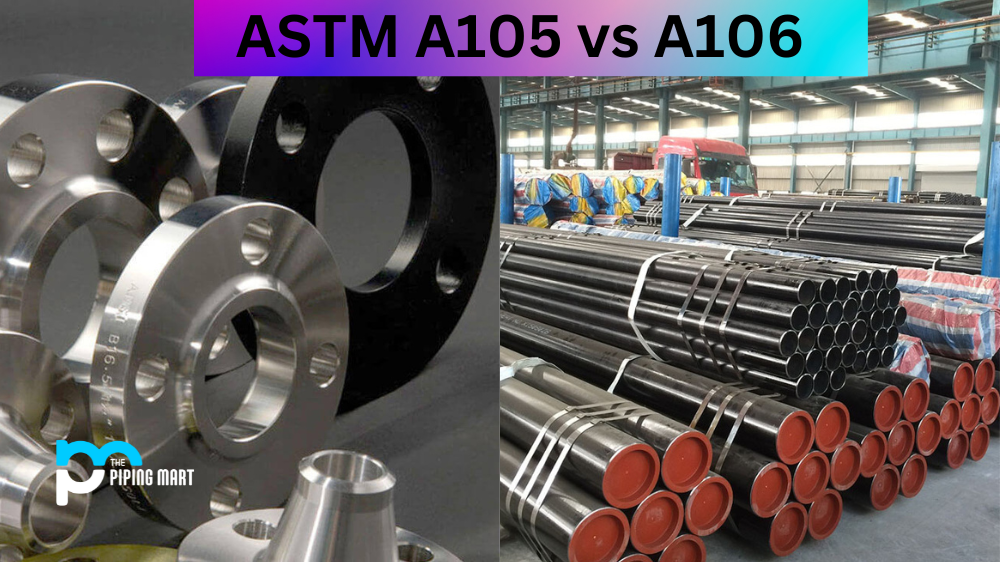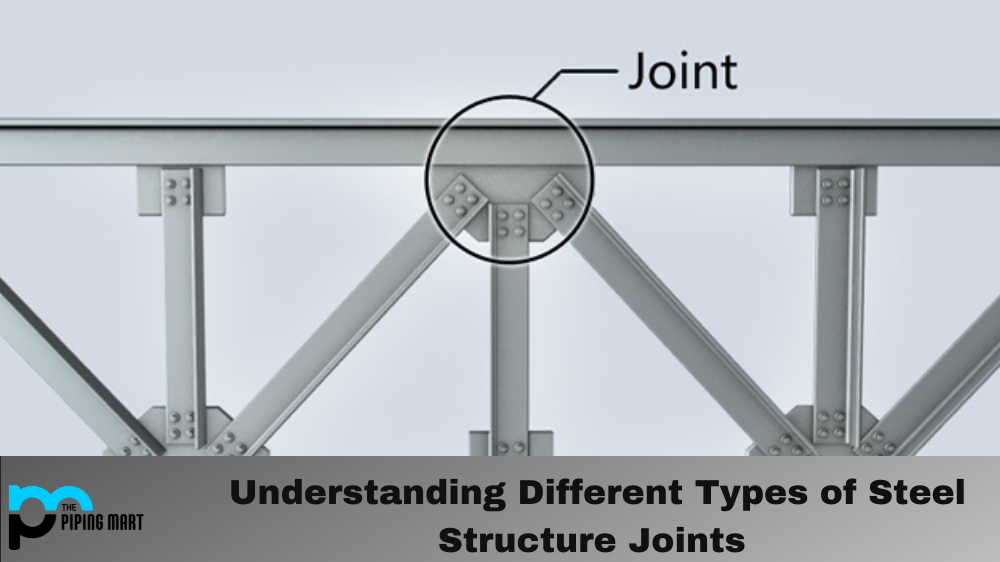Stainless steel is an incredibly useful material and is used in a wide variety of applications. However, not all stainless steel is created equal. There are two main types of stainless steel—ferritic and austenitic—which have different properties that make them more suitable for certain uses than others. Let’s look at the differences between these two types of stainless steel.
Ferritic Stainless Steel
Ferritic stainless steel is composed of iron-chromium alloys with a low carbon content. This type of stainless steel is magnetic and highly resistant to corrosion, making it ideal for many industrial applications, such as automotive components and kitchen appliances. It is also often used in architectural applications due to its attractive finish. The downside to ferritic stainless steel is its relatively low tensile strength, so it may not be suitable for load-bearing structures or applications with high temperatures.
Austenitic Stainless Steel
On the other hand, Austenitic stainless steel has a higher chromium content than ferritic and no nickel or molybdenum content. This makes it much more resistant to corrosion than ferritic steel but also makes it more expensive. Austenitic stainless steel also has significantly higher tensile strength than ferritic, so it can be used in load-bearing structures or even in extreme temperature environments without breaking down or losing its shape. Because of this increased durability, austenitic stainless steel is often used in medical implants, food processing equipment, and chemical processing tanks.
Difference between Ferritic and Austenitic Stainless Steel
Composition
Ferritic stainless steel contains iron and chromium, but austenitic stainless steel also contains nickel. The presence of nickel in austenitic stainless steel makes it non-magnetic, while ferritic stainless steel is magnetic.
Microstructure
Ferritic stainless steel has a body-centred cubic (BCC) microstructure, while austenitic stainless steel has a face-centred cubic (FCC) microstructure. The BCC microstructure gives ferritic stainless steel high ductility and toughness, while the FCC microstructure gives austenitic stainless steel high strength and hardness.
Corrosion Resistance
Austenitic stainless steel is more corrosion-resistant than ferritic stainless steel due to the presence of nickel. Nickel provides austenitic stainless steel with resistance to both acidic and basic environments.
Temperature Resistance
Austenitic stainless steel is also more temperature resistant than ferritic stainless steel. The higher melting point of austenitic stainless steel allows it to be used in high-temperature applications, such as boiler tubes and heat exchangers.
Cost
Austenitic stainless steel is typically more expensive than ferritic stainless steel due to the higher cost of nickel.
Conclusion:
When choosing between ferritic or austenitic stainless steel for your application, you will want to consider both the cost and the performance requirements of your project before making a decision. Ferritic stainless steel tends to be cheaper but may not offer the strength or corrosion resistance you need for your particular application. In contrast, austenitic stainless steel offers superior performance but comes at a higher price point. Ultimately, the choice between ferritic vs austenitic will depend on what you need from your material and how much you are willing to spend on it. Understanding the differences between these two types of stainless steel will help you make an informed decision when selecting materials for your next project!

A passionate metal industry expert and blogger. With over 5 years of experience in the field, Palak brings a wealth of knowledge and insight to her writing. Whether discussing the latest trends in the metal industry or sharing tips, she is dedicated to helping others succeed in the metal industry.




